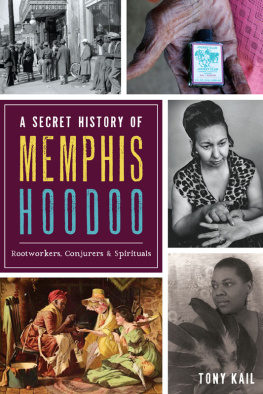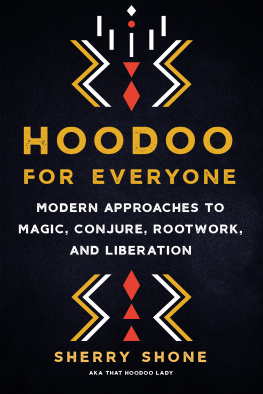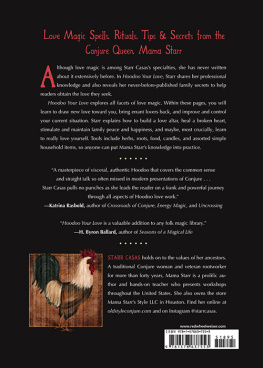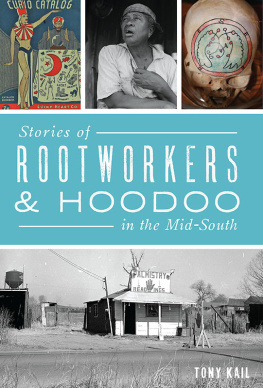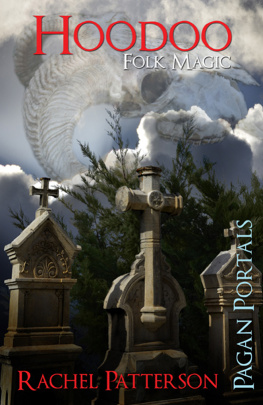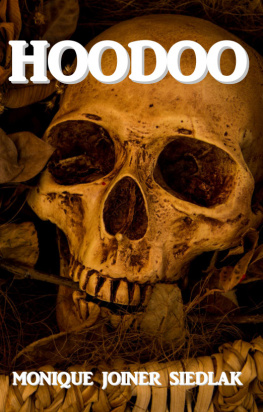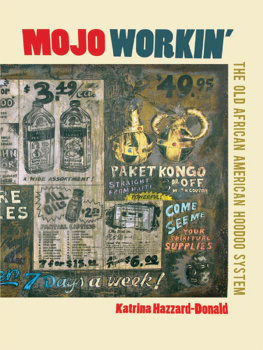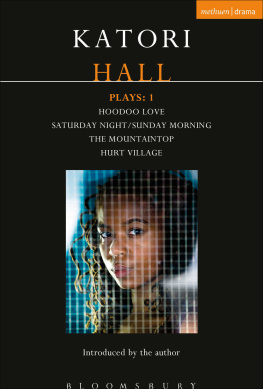
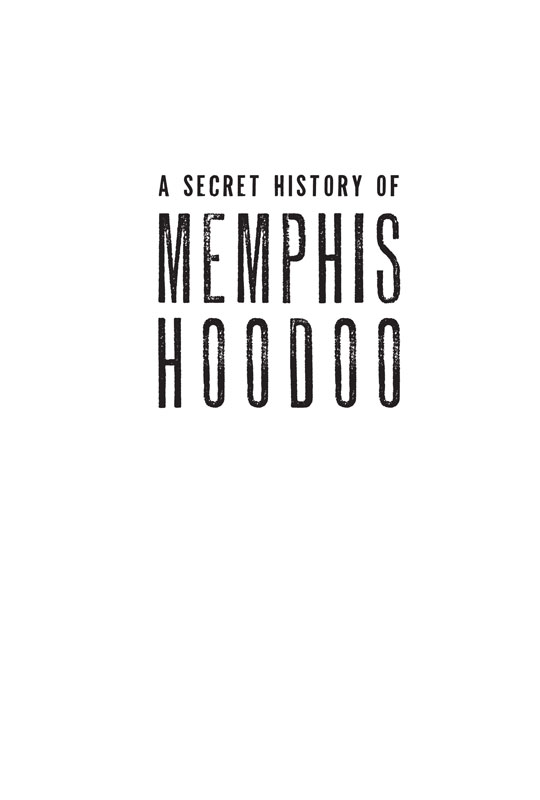

Published by The History Press
Charleston, SC
www.historypress.net
Copyright 2017 by Tony Kail
All rights reserved
First published 2017
e-book edition 2017
ISBN 978.1.43965.957.1
Library of Congress Control Number: 2016953400
print edition ISBN 978.1.46713.739.3
Notice: The information in this book is true and complete to the best of our knowledge. It is offered without guarantee on the part of the author or The History Press. The author and The History Press disclaim all liability in connection with the use of this book.
All rights reserved. No part of this book may be reproduced or transmitted in any form whatsoever without prior written permission from the publisher except in the case of brief quotations embodied in critical articles and reviews.
Contents
Preface
I remember my parents taking me as a child to A. Schwabs dry goods store on Beale Street. As I walked through the rows of wooden shelves lined with candles in a dazzling array of colors, the scent of Dragons Blood incense tickling my adolescent nose, I felt as if I was stepping into another world. Little did I know that a few years later I would come into contact with a practicing rootworker who lived down the street from my home. Several years later, I would travel to East Africa, where I would meet traditional healers who practiced many of the same techniques that evolved into Hoodoo in the Mid-South. Today, as a cultural anthropologist, I remain in touch with a number of Afro-Caribbean religious practitioners throughout Memphis who carry on the traditions of African traditional religions (ATRs) in a new-world form.
The discovery of Memphis as the Mojo City has been an amazing journey. To know that the lineage of culture, healers and traditions that I have seen firsthand in Africa survived the horrors of slavery and are alive and well on the streets of Memphis is awe-inspiring. The plight of the rootworker who honed his or her craft through whispers on African soil and in secret on slave plantations in the South is a story filled with hope, despair, resilience and survival. Growing up as a child in Memphis, I never conceived that the same city streets were walked by conjurers, spirit doctors and rootworkers. If you have picked up this book, you may be just as surprised to discover this secret world that has existed in the Bluff City for hundreds of years.
Acknowledgements
There are a number of individuals who have been extremely helpful in gathering information for this book. First and foremost, the late spiritual healer Miss Jessie Martin, who introduced me to rootwork in my own backyard. Elliot Schwab and Terry Saunders at A. Schwab, who shared their history and allowed me to walk the same route under Beale that the Schwab family used to move tons of Hoodoo-related items throughout the years. Anthropologist Debbie Halstead at Ebbo Spiritual Supply, who shared her knowledge of conjure and herbal lore. I want to thank the folks at Lucky Heart Cosmetics and Keystone Laboratories for their assistance as the premier Hoodoo product manufacturers in Memphis history.
I want to thank Preston Lauterbach and Judith McWillie, who see the significance of Hoodoo in Memphis history. Mook Harris and family at the Saint Paul Spiritual Holy Temple have showed resilience in the face of harassment throughout the years. May the future dispel the myths of a Voodoo Village. I am also thankful to the staff of the Tennessee Historical Commission, Shelby County Public Library Memphis and Shelby County Room, University of Memphis Special Collections, Quincy University, Cleveland Public Library, Humboldt Public Library, JacksonMadison County Public Library Tennessee Room and the International Association for the Preservation of Spiritualist and Occult Periodicals, as well as Voodoo priestess Mambo Sallie Ann Glassman.
I am thankful for friends and peers who provided stories and insight regarding Hoodoo, including Dorothy Armor, Felita Martin, Dorothy Morrison and Jack Montgomery. I am thankful to Doc Macon and Mother Jones for sharing their experiences as conjurers and spiritual healers. I am thankful for the invaluable writings of Harry Middleton Hyatt and Robert Farris Thompson. I am grateful to my commissioning editor at The History Press, Candice Lawrence, for believing in this book.
Lastly, I am thankful to Amy for her support and love.
Introduction
3:00 p.m., August 20, 1904
Lower Kongo, Central Africa
BOOMBOOMBOOM. Frail brown fingers clinched in a fist slam against a thick wooden door. A trail of sweat slides down the cheeks of the young womans face as the African sun beats down on her skin. The door begins to creak as it slowly opens, revealing the face of the old healer. His graying beard frames a toothy grin. What, girl? What do you want? he speaks.
Tsoma knows what the girl wants. He had grown accustomed to the sound of desperate knocks on his front door. He is the village healer, the nganga. He opens the door wider and beckons the girl to come in. The woman walks in, gazing intently at the walls covered in bones and animal hides. The tall slender man begins to walk toward a table in the middle of the room. Come! he beckons. The old man sits down on a three-legged wooden stool that had been carved from a tree trunk.
Tell me, what is your need, girl? The old man stares as the woman begins to rock back and forth on her bare feet nervously. It is my family. Im afraid we have been bewitched. Tsomas neck tightens. Bewitchment is a serious issue. It could lead to madness. It could even lead to death. Two days ago, my children woke me in the middle of the night. They were crying and telling me that a strange man was in the room. I told them they must be dreaming, but they swore he was there. Last night, they woke me and said the man was back. I told them they must be dreaming, and they pointed to the doorway screaming that he was standing in front of me. Ever since then, they have gotten very sick. They cannot stop crying and there is no relief. Someone has cursed us. Please help!
The old man rubs his fingers against his beard. Hmmmm, he mutters. He walks toward the wooden table in the center of the room. The table is covered in roots and herbs, bones, a skull, bird feathers and a wooden statue of a man. Reaching across the table, the healer picks up the wooden statue. As he brings it closer to himself, the woman catches a glance of the statues facewide, white-colored eyes and a curved mouth filled with sharp teeth. String holds a birds feather against the dolls head. The stomach of the image bulges like the childrens stomachs in the village last year during the drought. Raising the doll to his face, the old man whispers into the statues ears.
The girls heart begins to beat faster as the man points toward the table. Hand me that bottle, he demands. The girl reaches across the table and picks up the glass bottle of liquid. You are to drink it, but do not swallow. Spit it into the face, the healer says as he points to the statue. The girls hands shake as she turns the bottle up. As the burning fumes from the bush whiskey hit her nose, the girls eyes water. The hot, sticky liquid floods her mouth as she drinks. She immediately spits the alcohol onto the statue, hitting its face and the healers hand. The healer begins to rub the stomach of the statue with his thumb while speaking to it in a language the girl does not understand. The room grows silent. Theres is a sense that something sacred has just entered the room.
Next page
